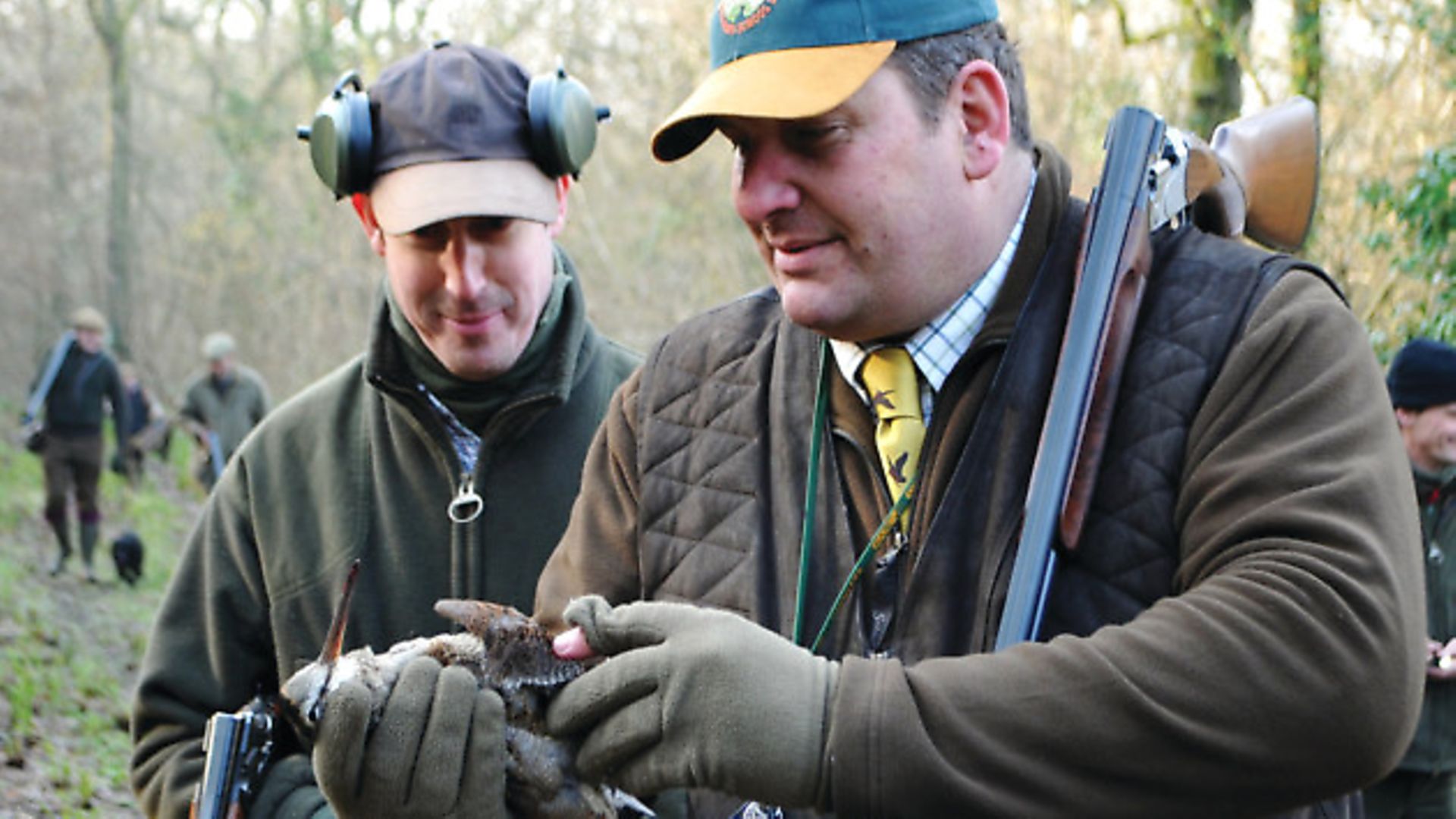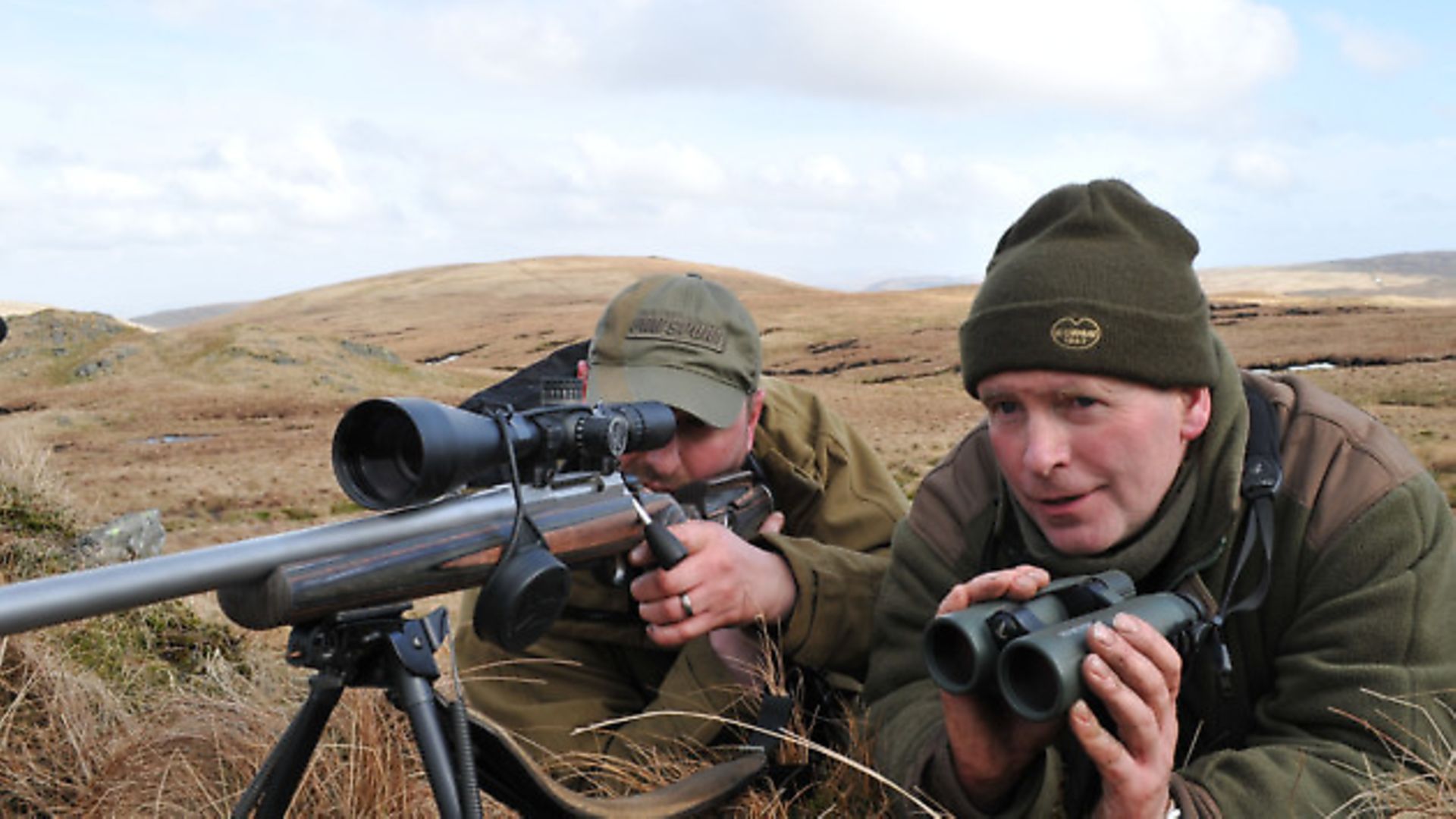Make this season one to remember and treat yourself to a sporting adventure. James Marchington picks some winners
 credit: Archant
credit: Archant
I’m a strong believer in spending your money on sport first, and kit second. Of course there are some items you can’t do without, but we all have limited budgets and time, and it’s easy to spend it all collecting the best clothing, guns, optics and accessories. At the end of the season you’ve got a cupboard full of gear, but few great memories – and even less meat in the freezer. So here’s my advice for this season: resolve to make do with the kit you already have, and spend your available cash on some cracking sport instead.
GROUSE OVER POINTERS
Driven grouse shooting is hailed by many as the ultimate shooting sport. It’s exclusive, exciting, exhilarating – and horrendously expensive. The chance of me ever trying it is about the same as winning the lottery, and if I did win the lottery that’s exactly what I’d do! There are other types of grouse shooting that are equally rewarding in their own way, however. I love to walk them up, using spaniels or my Labradors, who think they’re spaniels and are equally badly behaved when hot on the scent of a covey.
Another option is to shoot them over setters or pointers. Basically, you walk the moor with dogs that are trained not to flush at the first opportunity like my unruly Labs, but find the birds and mark the spot without flushing them. This gives the shooters time to get into position and get ready. The shooting itself is quite unlike any sort of driven shooting. The birds flush and fly away, so in that sense it’s like rough shooting for rabbits or pheasants.
 credit: Archant
credit: Archant
SPECIES DAY
This tends to be a rough shooting day at the more extreme end of the scale. If you want to shoot a dozen different quarry species in a day you’ll be yomping across and through a wide variety of cover in order to find them all. Doug Virtue is offering a number of species days on the Lammermuir Shoot (www.lammermuirshoot.co.uk) in the Scottish Borders, which offer the chance to work your own dog, too. It wouldn’t be the biggest bag you ever shot, but it would certainly make a day to remember.
DECOYING PIGEONS
Does it seem odd that I have included simple pest control in a list of fabulous sporting opportunities? If so, then you definitely need to give it a try. Crop protection it may be, but shooting the humble woodpigeon offers some of the finest sport you’ll ever enjoy. What’s more, it’s outstanding value. You can pay upwards of £35 a bird for driven pheasant shooting and still not see the sheer variety of testing shots at different ranges and angles that you’ll get on a £100 pigeon day. That’s if you buy your pigeon shooting at market rates; those who are lucky or diligent enough may find sport considerably cheaper or completely free.
 credit: Archant
credit: Archant
If you don’t live in the right area and don’t have good contacts with the local farmers, you can still enjoy great pigeon shooting. There are plenty of pigeon guides offering days at a variety of prices depending on how much back-up you need – from a relatively cheap DIY day where you bring and set up your own gear, through to the pigeon equivalent of glamping where you turn up, sit down in a ready-made hide and start shooting.
FERRETING FOR RABBITS
Here’s another form of pest control that offers terrific sporting potential but is often overlooked. When ferreting is purely about controlling rabbits, you tend to use nets – either long nets or purse nets. If you take a gun at all, it will be to sweep up any rabbits that evade the nets by popping out of an escape hole you hadn’t spotted deep in a bramble bush.
Leave the nets at home, however, and take a shotgun instead, and you’re in for an exciting day’s shooting. This method is best used on relatively clear ground, where you can see the rabbits bolt. Too much bramble or long grass makes it very difficult to get a clear shot. My favourite spots are on closely grazed sheep pasture, preferably on sandy soil so that digging isn’t too much of a chore if you need to recover a ferret. Without nets to set and lift again, you can move swiftly from one burrow to the next, covering more ground and enjoying some great sport – this really is one of shooting’s best-kept secrets.
 credit: Archant
credit: Archant
FORESHORE DUCK FLIGHTING
Wildfowlers know all about the magic of the foreshore, but for many inland shooters ‘wildfowling’ means waiting beside a pond at dusk. That can be exciting in its own way, but it’s a pale imitation of the real thing. If you’ve never experienced true wildfowling I would urge you to give it a go, and I wouldn’t be at all surprised if you were hooked for life.
The marsh can seem a scary place, with a maze of creeks containing the stickiest mud imaginable. The weather can be very unforgiving, and sooner or later the tide will come in and submerge most of the area under several feet of seawater. This is no place for the faint-hearted and also no place for the naive or inexperienced. Don’t even think about trying it alone. Plan your trip with an experienced guide who knows the area well and understands the vagaries of tide and weather. There are countless schemes, clubs and guides around Britain’s coastline, offering any number of opportunities to try wildfowling.
HILL STALKING
We have some wonderful scenery in Britain, and there can be no better way for the sportsman to enjoy it than stalking red deer on the hills in the Highlands.
The classic type of hill stalking is for red stags in late summer – the Scottish season runs from 1 July to 20 October. It was never a cheap sport, and prices have seen a hike in recent years, but if you can afford it the experience is well worth it.
For more affordable sport take a look at the hind stalking from 21 October onwards. This can be every bit as thrilling, with the autumn and winter weather adding to the drama of the landscape, and can be had considerably cheaper.